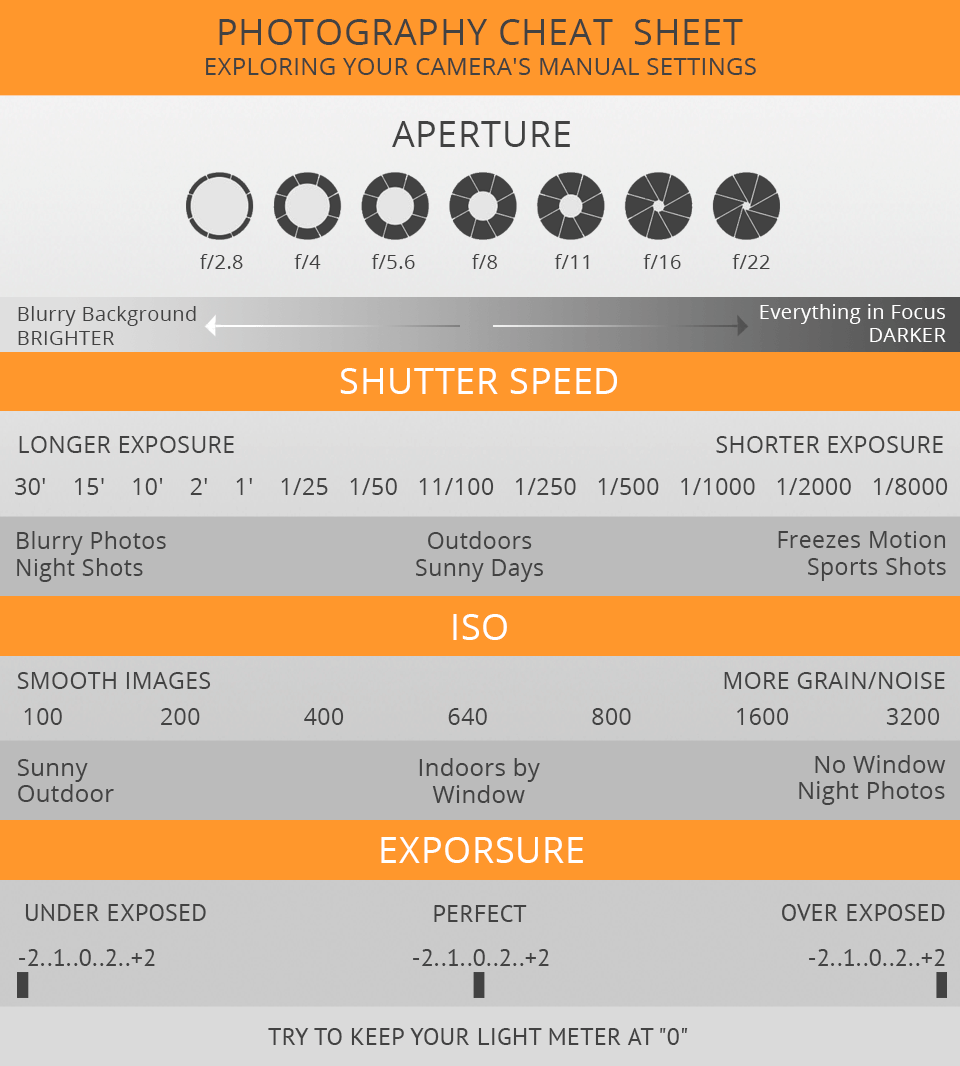What Every Digital Photographer Should Find Out About Illumination
What Every Digital Photographer Should Find Out About Illumination
Blog Article
Written By-Boone Godwin
As a photographer, you know that lighting can make or damage your pictures. Comprehending the nuances of both all-natural and man-made light is necessary for recording the state of mind and clearness you go for in your job. Whether you're chasing the best gold hour radiance or fine-tuning your fabricated setups, understanding these components can raise your photography dramatically. But there prevail challenges that lots of forget, and recognizing them can change your method to every shoot. Allow's discover what you could be missing and exactly how it can affect your outcomes.
Comprehending Natural Light
Understanding all-natural light is crucial for any photographer looking to enhance their job. It's the foundation of great photography, influencing state of mind, tone, and clarity. When you fire outdoors, take notice of the moment of day. The golden hour-- soon after daybreak and before sundown-- uses soft, warm light that can transform common scenes right into stunning photos.
Don't ignore the power of cloudy days. Cloud cover diffuses sunshine, producing a soft, also light that's ideal for pictures and macro digital photography. You'll discover colors pop in this type of lights without rough darkness.
Placing issues, too. Constantly consider your subject's alignment to the light. If the sunlight's behind your topic, you might end up with a silhouette, which can be remarkable however mightn't be what you want. Conversely, straight sunshine can develop unflattering shadows.
Trying out angles; often, altering your point of view can produce amazing results. Use https://blogfreely.net/jayna8411brett/easy-ways-to-improve-your-portrait-digital-photography , like water or sand, to jump light onto your topic, adding dimension.
Mastering Artificial Light
Understanding synthetic light is vital for photographers that intend to take their skills to the next degree. Whether you're utilizing speedlights, studio strobes, or continual lights, comprehending how to adjust these resources can significantly boost your pictures.
Beginning by familiarizing on your own with the fundamentals of light high quality, direction, and shade temperature. Experiment with various modifiers like softboxes, umbrellas, or grids to manage the softness or cruelty of the light.
You'll find that soft light often produces lovely results, while harsher light can add drama and depth. check out here shy away from darkness; they can improve the three-dimensionality of your topics.
Pay attention to the positioning of your lights. A light located also close to your topic can produce uncomplimentary outcomes, while too far can cause a lack of information. Use a light meter or your electronic camera's histogram to guarantee you're exposing properly.
Finally, bear in mind that fabricated light can be blended with ambient light for innovative results. Stabilizing these resources could take method, but once you grasp it, your digital photography will absolutely shine.
Techniques for Different Scenarios
When you enter different capturing scenarios, adjusting your lighting techniques is crucial for recording the very best pictures. For exterior portraits, make use of the gold hour-- early morning or late afternoon light-- to soften shadows and improve skin tones.
If it's a harsh midday sun, take into consideration utilizing a reflector to jump light back onto your topic or look for shaded areas for an extra also direct exposure.
In low-light scenarios, like interior events, boost your ISO and make use of a large aperture to let in more light. A tripod can aid remove camera shake, allowing for longer direct exposures without blurring.
If you're shooting at night, trying out off-camera flash to produce dynamic illumination and depth in your images.
For item digital photography, utilize diffused illumination to avoid severe reflections. Softboxes or light camping tents can assist accomplish this effect.
When photographing landscapes, take into consideration the direction of light and time of day, as it can drastically transform the mood of your shot.
Always be ready to change your setups and positioning based upon the situation, as flexibility is key to understanding lighting in photography.
Conclusion
In conclusion, mastering lighting is essential to raising your photography abilities. Accept natural light's elegance during golden hour, and do not avoid trying out synthetic light methods. By adapting your approach to different circumstances, you'll catch sensational images that reverberate with feeling and quality. Remember, the best illumination can change an ordinary shot into something amazing, so keep exercising and fine-tuning your understanding of both natural and man-made light. Pleased shooting!
